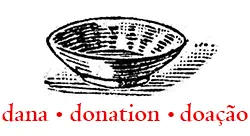 NY Review of Books
NY Review of BooksEpigenetics: The Evolution Revolution
At the end of the eighteenth century, the French naturalist Jean-Baptiste Lamarck noted that life on earth had evolved over long periods of time into a striking variety of organisms. He sought to explain how they had become more and more complex. Living organisms not only evolved, Lamarck argued; they did so very slowly, “little by little and successively.” In Lamarckian theory, animals became more diverse as each creature strove toward its own “perfection,” hence the enormous variety of living things on earth. Man is the most complex life form, therefore the most perfect, and is even now evolving.





